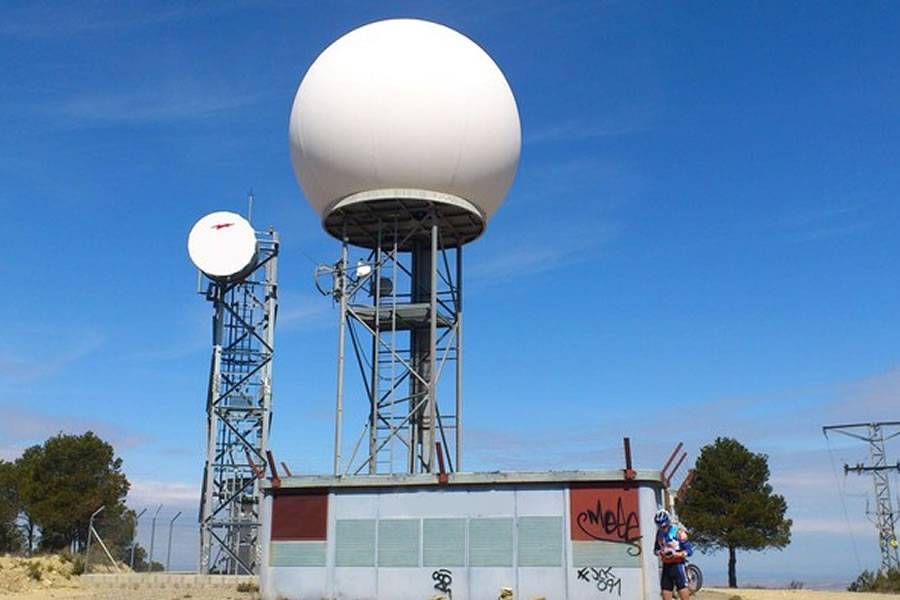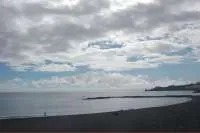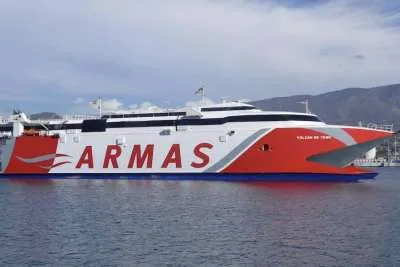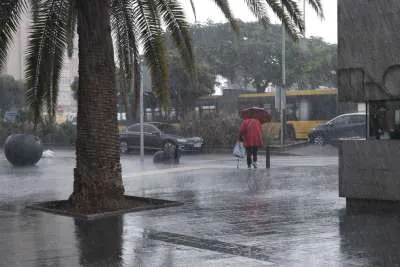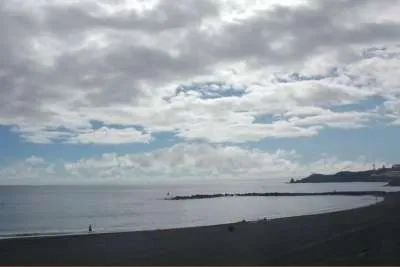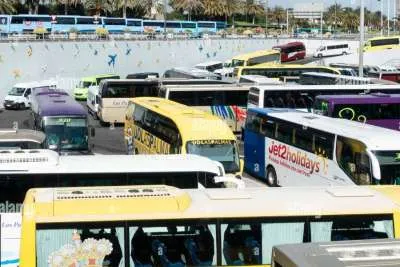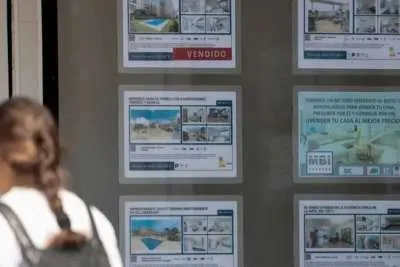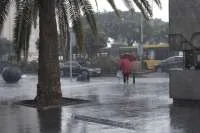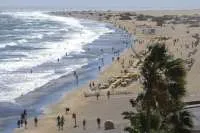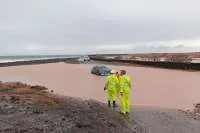AEMET upgrades two main weather radars to improve forecasting
- 10-01-2025
- National
- Canarian Weekly
- Photo Credit: AEMET
The State Meteorological Agency (AEMET) has announced a significant upgrade to the weather radar in Las Palmas de Gran Canaria, bringing it in line with the latest technological standards in other parts of the islands.
This upgrade will coincide with the final stages of construction on a new state-of-the-art radar in Teno, Tenerife, ensuring the Canary Islands will soon have two cutting-edge systems for real-time meteorological analysis.
Enhanced Radar Technology for Gran Canaria
David Suárez, AEMET’s regional delegate for the Canary Islands, confirmed that the Tenerife radar is nearing completion and is expected to become operational during the first half of 2025. Simultaneously, the Gran Canaria radar will undergo modernisation to match the advanced capabilities of the Teno installation.
“The Gran Canaria radar will be updated to include dual-polarsation technology,” explained Suárez. This means the radar will emit waves in two dimensions rather than one, significantly improving its ability to analyse and predict weather patterns. “We’re upgrading the current radar infrastructure to make it state-of-the-art,” he added.
Simplified Upgrade Process
Unlike the construction of the Teno radar, the Gran Canaria update will be less complex. Since the existing structure is already in place, the process will primarily involve upgrading internal systems. The project includes refurbishing rooms housing equipment, installing new image reception devices, and replacing the radar’s radome, its uppermost component.
“The upgrade is straightforward,” noted Suárez. “Once the new radome arrives, we’ll simply replace the existing one.”
Suárez acknowledged tight deadlines associated with European project schedules but expressed optimism that both radars would be operational by summer 2025. Testing will begin during this period, with a focus on full functionality by the autumn.
Improved Coverage Across the Canary Islands
The introduction of the Teno radar will address long-standing coverage gaps caused by Tenerife’s mountainous terrain, particularly areas west of the Teide that are currently beyond the reach of the Gran Canaria radar.
“Having two advanced radars will ensure the Canary Islands are well-monitored,” Suárez explained. “This enhanced system will allow us to accurately predict weather developments over the next two hours, significantly improving forecasting and public safety.”
The dual-radar setup marks a leap forward in meteorological surveillance, addressing obsolescence and extending coverage across the archipelago. By summer, the Canary Islands will benefit from an unparalleled level of weather monitoring, ensuring better preparedness for future weather events.
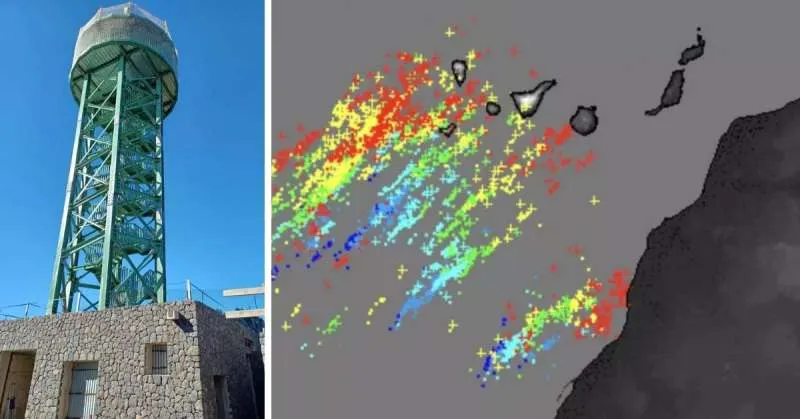
Other articles that may interest you...
Trending
Most Read Articles

Featured Videos
A Vision of Elvis Tenerife Promo
- 10-05-2025
TEAs 2025 Highlights
- 17-11-2025


